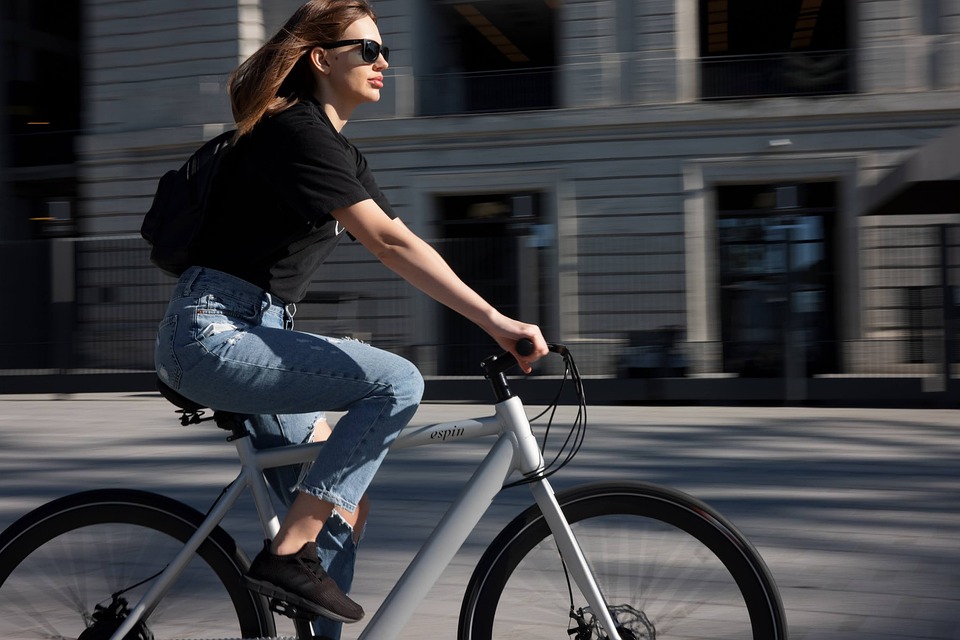Introduction
As environmental concerns continue to grow, more and more homeowners are looking for ways to make their homes more eco-friendly. From reducing energy consumption to using sustainable materials, there are countless ways to go green with your home improvements. In this article, we will explore some eco-friendly home improvement ideas that can help you create a more sustainable living space.
Energy-Efficient Appliances
One of the easiest ways to reduce your home’s energy consumption is by investing in energy-efficient appliances. Look for appliances with the ENERGY STAR label, which indicates that they meet strict energy efficiency guidelines set by the EPA. These appliances use less energy, which can help lower your utility bills and reduce your carbon footprint.
Solar Panels
Another popular eco-friendly home improvement idea is installing solar panels on your roof. Solar panels harness the power of the sun to generate electricity for your home, reducing your reliance on fossil fuels. While the initial cost of installing solar panels can be high, many homeowners find that the long-term savings on their energy bills make it a worthwhile investment.
LED Lighting
Switching to LED lighting is a simple yet effective way to make your home more energy-efficient. LED bulbs use up to 80% less energy than traditional incandescent bulbs and last significantly longer, reducing the amount of waste generated from replacing burned-out bulbs. Plus, LED bulbs produce less heat, which can help lower your home’s cooling costs in the summer.
Low-Flow Fixtures
Updating your plumbing fixtures with low-flow options can help reduce water waste in your home. Low-flow showerheads, faucets, and toilets use less water without sacrificing performance, helping you conserve this precious resource and lower your water bills. Plus, many water utility companies offer rebates for installing low-flow fixtures, making it a cost-effective choice for eco-conscious homeowners.
Insulation
Proper insulation is essential for maintaining a comfortable and energy-efficient home. By insulating your walls, floors, and attic, you can prevent heat loss in the winter and keep your home cooler in the summer. Choose eco-friendly insulation materials such as recycled denim, cellulose, or wool, which have a lower environmental impact than traditional fiberglass insulation.
Reclaimed Wood
Using reclaimed wood for your home improvement projects is a sustainable choice that can add unique character to your space. Reclaimed wood is salvaged from old buildings, barns, and other structures, reducing the demand for virgin timber and helping to preserve forests. Whether you use reclaimed wood for flooring, furniture, or accent walls, you can feel good knowing that you are giving new life to a resource that would otherwise go to waste.
Green Roof
A green roof is a living roof that is covered with vegetation, providing a host of environmental benefits. Not only does a green roof help insulate your home and reduce stormwater runoff, but it also provides habitat for birds, insects, and other wildlife. If you have a flat roof or a roof with a low slope, consider installing a green roof to improve your home’s energy efficiency and support biodiversity in your community.
Rainwater Harvesting
Collecting rainwater for outdoor use is a sustainable practice that can help reduce your reliance on municipal water sources. Install a rain barrel or a larger cistern to capture rainwater from your roof, which can then be used to water your garden, wash your car, or fill your outdoor swimming pool. Not only does rainwater harvesting conserve water, but it also reduces runoff pollution and can help mitigate flooding in your area.
Compost Bin
Composting is a natural way to recycle organic waste and create nutrient-rich soil for your garden. Setting up a compost bin in your backyard allows you to divert food scraps, yard trimmings, and other organic materials from the landfill, where they would produce harmful greenhouse gases. By composting at home, you can reduce your carbon footprint, enrich your soil, and grow healthier plants without the need for chemical fertilizers.
Conclusion
There are countless ways to make your home more eco-friendly, from investing in energy-efficient appliances to using sustainable materials for your home improvement projects. By incorporating these eco-friendly ideas into your home, you can create a more sustainable living space that benefits both the environment and your wallet. Whether you start small with LED lighting or go big with solar panels, every effort to go green makes a difference in building a more sustainable future for generations to come.



